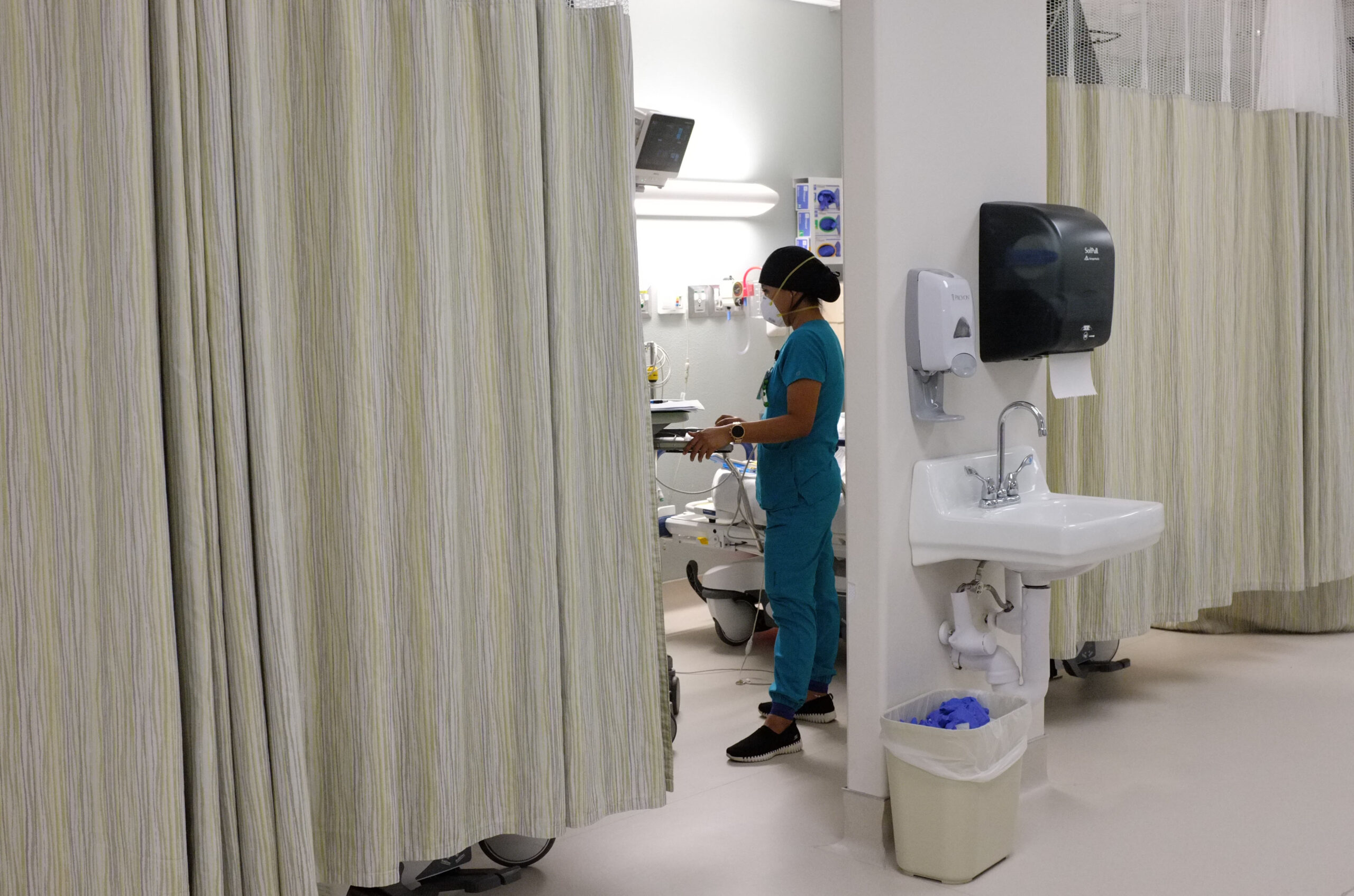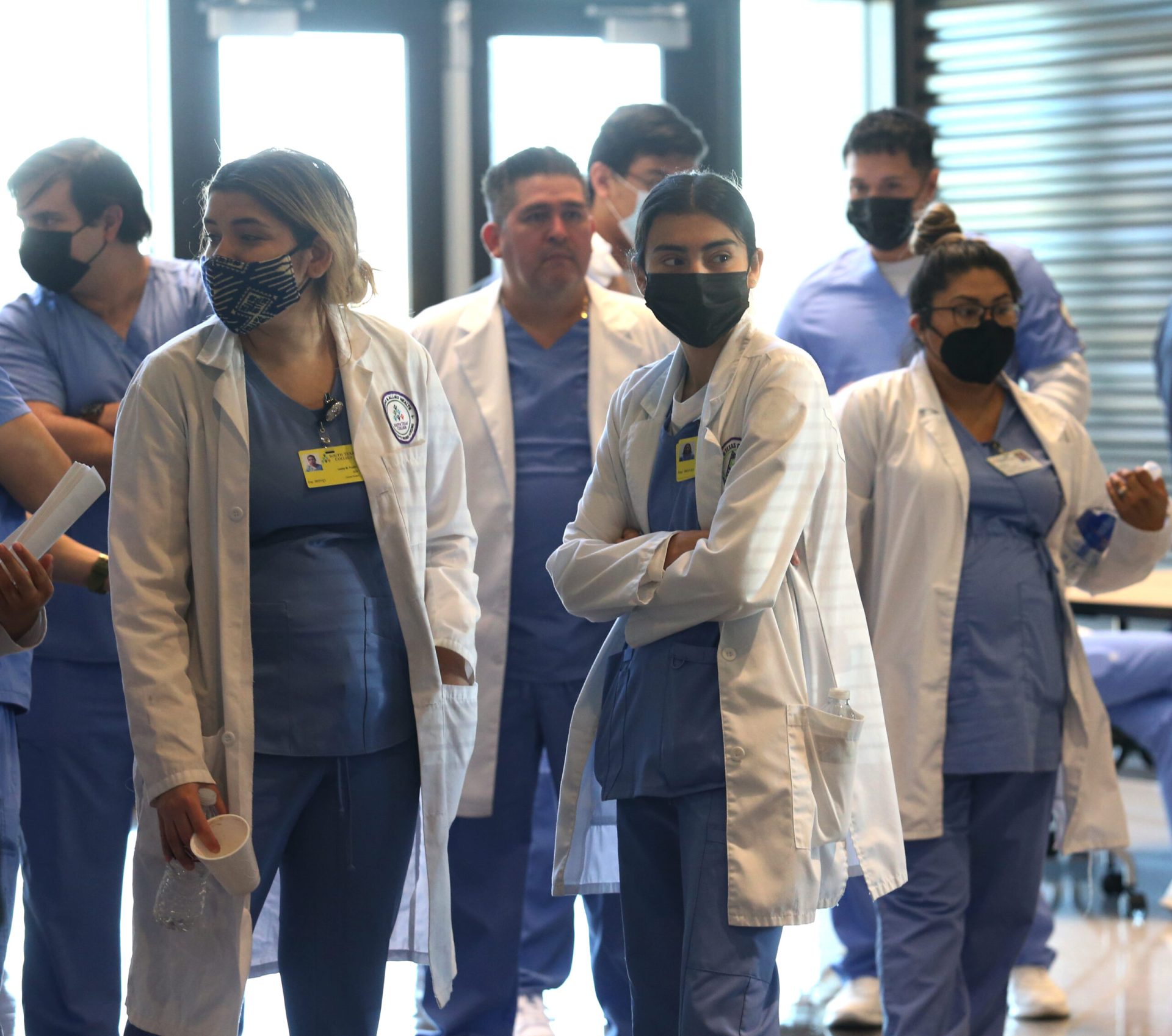|
Only have a minute? Listen instead
Getting your Trinity Audio player ready...
|
It’s National Nurses’ Week, a good time — there’s never a bad time, actually — to applaud those who have dedicated their careers to helping to provide healthcare services to everyone. It’s also proper to recognize the schools and faculty that have dedicated resources toward helping to address America’s chronic — and growing — shortage of nurses.
The value of, and need for, nurses, can’t be overstated. After all, they normally are our first line of contact in health care. They, and nursing assistants and technicians, usually are the first to see patients at clinics and hospitals. They take vital signs, draw blood and gather the information that doctors’ use to diagnose illnesses. They also do the dirty work, explaining prescriptions and answering many of the patients’ questions. They also usually administer vaccinations and other injections — so they’re the ones who deal with crying babies and angry looks from other patients. ut of the question. The American Hospital Association has predicted that from 2022 to 2025, up to 500,000 registered nurses could leave the profession, creating a nationwide shortage of 1.1 million nurses. More conservative estimates predict that by 2030, Texas will have a shortage of nearly 16,000 RNs.

Those numbers are only for registered nurses. Other nursing careers include vocational nurses and nursing assistants, midwives, consultants for insurance companies and other businesses and other related areas.
As in many fields of our economy, the COVID-19 pandemic provoked a significant drop in our nursing population. That reduction was especially hard in that area as they were among the people who were most needed to help tend to the millions of people who contracted the disease.

Factors cited in the predicted shortages include greater demands related to population growth as well as the effects of the Affordable Care Act and other efforts to help more Americans secure health care. At the same time, many nurses are leaving the profession due to an aging nurse population, increased pressures of the job and job-related burnout amplified by the pandemic and other factors, increased opportunities in community and private, home-based care, more lucrative opportunities in other professions and other factors.
Those factors include a chronic shortage of doctors and clinics who would hire nurses, as well as a shortage of schools and faculty to train new nurses. Another factor is the closing of many rural hospitals and other healthcare centers.
Traditionally, that shortage has been felt especially strongly in the Rio Grande Valley, where the shortage of healthcare professionals has been among the most severe in the United States.
Fortunately, the Valley’s universities and colleges have long worked to address that shortage with strong nursing programs. that help produce more nursing professionals — and to provide more career opportunities for Valley students.
Nursing is a valuable, and necessary, resource that helps keep us healthy and address our medical needs. This week reminds us of their value — a value we should recognize all year long.




